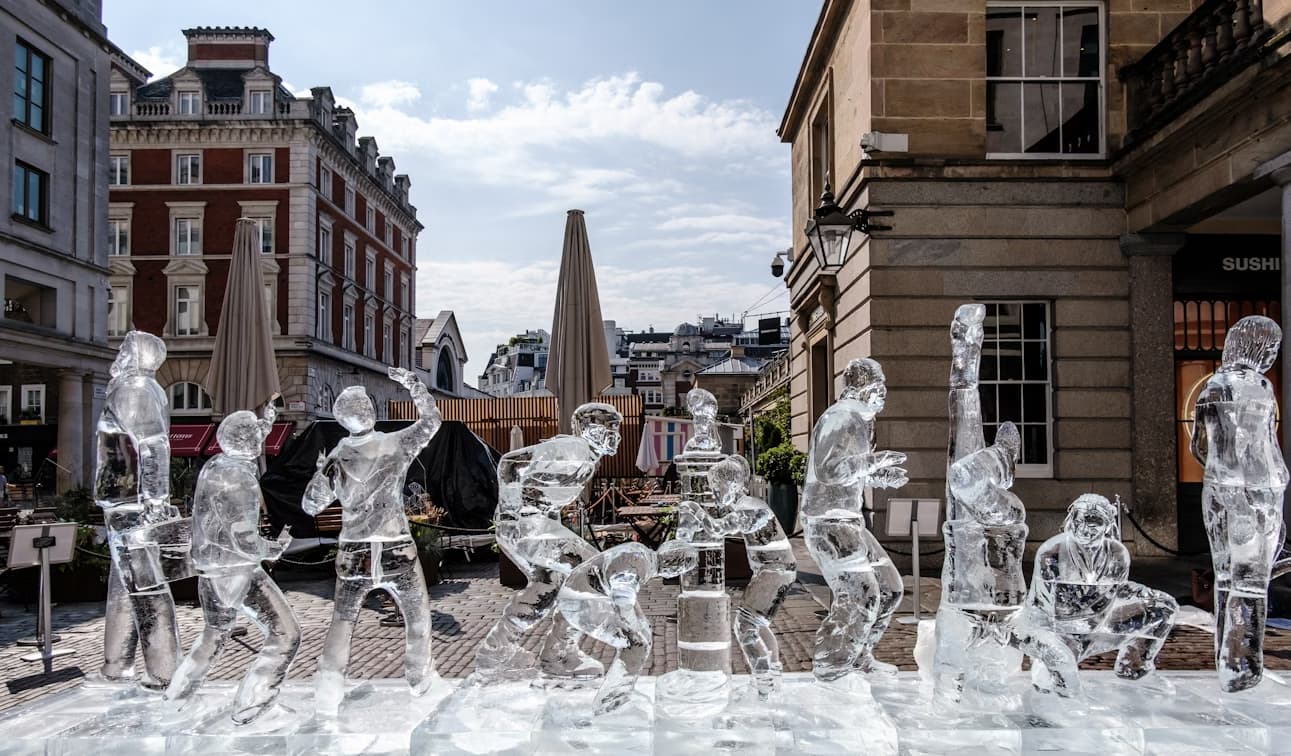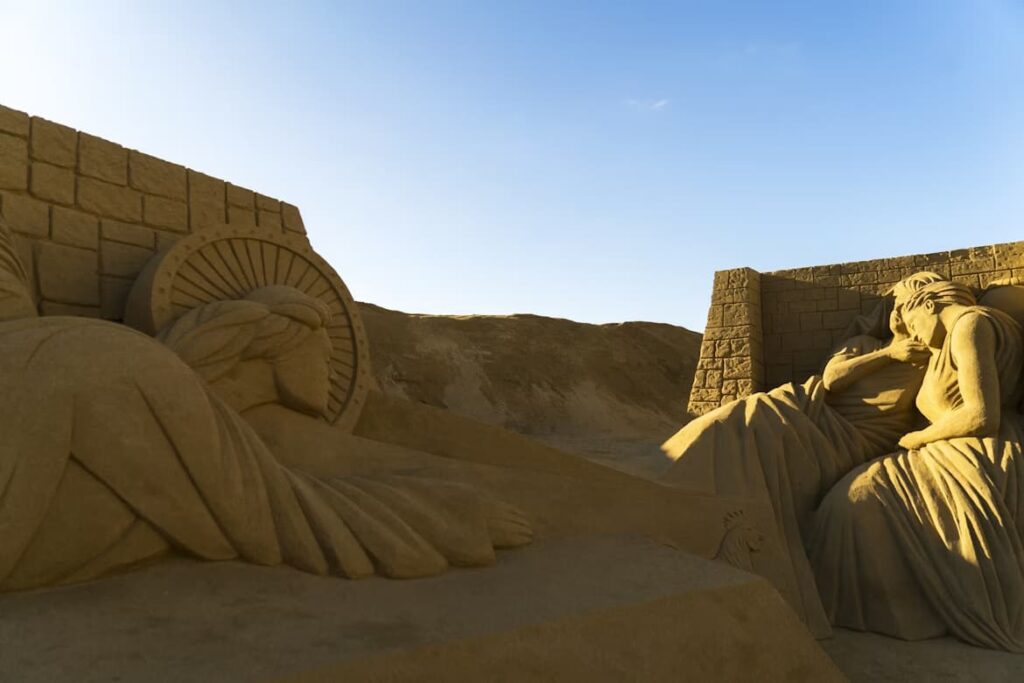
In a world where art is often synonymous with preservation—housed in climate-controlled museums and auctioned for fortunes with the promise of immortality—there exists a category of creation that definitely embraces the opposite. This is the world of ephemeral art, a realm where masterpieces are intentionally temporary. Among its most dramatic and accessible forms are ice and sand sculptures. These are not artworks meant for the ages; they are poems written on the wind and tide, powerful statements whose beauty is inextricably linked to their brief, brilliant lifespan.
To the uninitiated, the logic may seem baffling. Why would an artist invest hundreds of hours of intense physical and creative labor into a sculpture they know will melt into a puddle or crumble into a formless mound within days or weeks? The answer lies in a profound philosophical shift. Unlike the painter or the marble sculptor who seeks to conquer time, the ephemeral artist chooses to collaborate with it. They don’t fight the elements; they partner with them to tell a story. This art form is not about creating a permanent object but about curating a temporary experience. It is a meditation on the cycles of creation and decay, a mirror to the transient nature of life itself. The value is not in the object’s endurance, but in the memory it leaves behind and the message it imparts in its fleeting existence.
A Dialogue with the Elements
Creating an ice or sand sculpture is less a monologue of artistic vision and more a dynamic conversation with the natural world. The artist is acutely aware that their medium is alive and untamable. An unexpected rise in temperature, a sudden gust of wind, or an unforeseen rain shower are not mere inconveniences; they are active participants in the artwork’s narrative, often accelerating its journey towards dissolution. The artist must therefore possess more than just skill; they need intuition, adaptability, and a deep respect for their material.
For the ice sculptor, the process begins with massive, crystalline blocks of ice, often weighing several hundred pounds. Wielding chainsaws for broad strokes and delicate chisels for intricate details, they release figures from their frozen prisons. The clarity of the ice, the way it fractures and refracts light, becomes part of the composition. The finished piece is a luminous wonder, a ghost of a form given substance. But from the moment of its completion, it is dying. It drips, it softens, it loses its sharp edges in a slow, graceful surrender to the warmth. The artist is, in essence, choreographing its eventual demise.
Similarly, the sand sculptor’s work is a testament to patience and engineering. The process involves compacting tons of sand with water to create a dense, carvable block—a temporary form of sandstone. From this humble foundation, they carve elaborate castles, mythical beasts, and hauntingly realistic portraits. The texture of the sand, its warm tones, and its connection to the coast give the work an earthy, grounded feel. Yet, it stands in defiance of gravity and erosion for only a short time. Each grain of sand is destined to be reclaimed by the beach, a reminder that even the most impressive structures eventually return to their source.
The Art of the Present Moment

The ephemeral nature of these sculptures fundamentally changes the relationship between the artwork and its audience. You cannot purchase an ice sculpture and hang it on your wall. You cannot promise your children you will take them to see the same sandcastle next summer. This art demands your presence—your full, undivided attention in the here and now. The knowledge that it is temporary imbues the viewing experience with a sense of urgency and preciousness.
This focus on the present is a powerful antidote to our modern, fast-paced lives. When we stand before a towering ice dragon, glistening under festival lights, we are not thinking about yesterday or tomorrow. We are captivated by the immediate sensory experience: the cold radiating from the ice, the sparkle of its surface, the silent, steady process of its melting. It forces a state of mindfulness. The artwork’s impermanence is a lesson in letting go, teaching us to find value in moments rather than in possessions. In a way, these sculptures are more alive than their permanent counterparts because their changing state is an observable, dynamic process.
The challenges inherent to these mediums are as unique as the artworks themselves. An artist must master a specific set of skills to contend with the forces of nature:
- Structural Integrity: Both ice and sand require a deep understanding of physics. Sculptors must carefully distribute weight and create internal supports to prevent a premature collapse, all while using a medium that is inherently unstable.
- Environmental Dependence: The artist is at the mercy of the weather. Ice sculptors need sustained cold, while sand sculptors dread both drying winds and soaking rains, each of which can ruin delicate details in minutes.
- The Race Against Time: Creation is not a leisurely process. Work must be completed within a window of optimal conditions, forcing a combination of speed, precision, and intense focus.
- Material Sourcing: Perfect materials are crucial. Ice sculptors seek perfectly clear, purpose-frozen blocks free of impurities, while sand sculptors need specific grain types that compact well, often having it trucked in for competitions.
Ultimately, the beauty of ice and sand sculptures lies in their poignant paradox. They are monumental in scale yet fragile in substance. They require immense effort but offer no lasting monument. Their legacy is not etched in stone, but in the collective memory of those who witnessed them. They are a celebration of the now, a reminder that the most profound experiences are often the most fleeting. They teach us that not everything beautiful is meant to be kept; some things are simply meant to be experienced, appreciated, and then released.